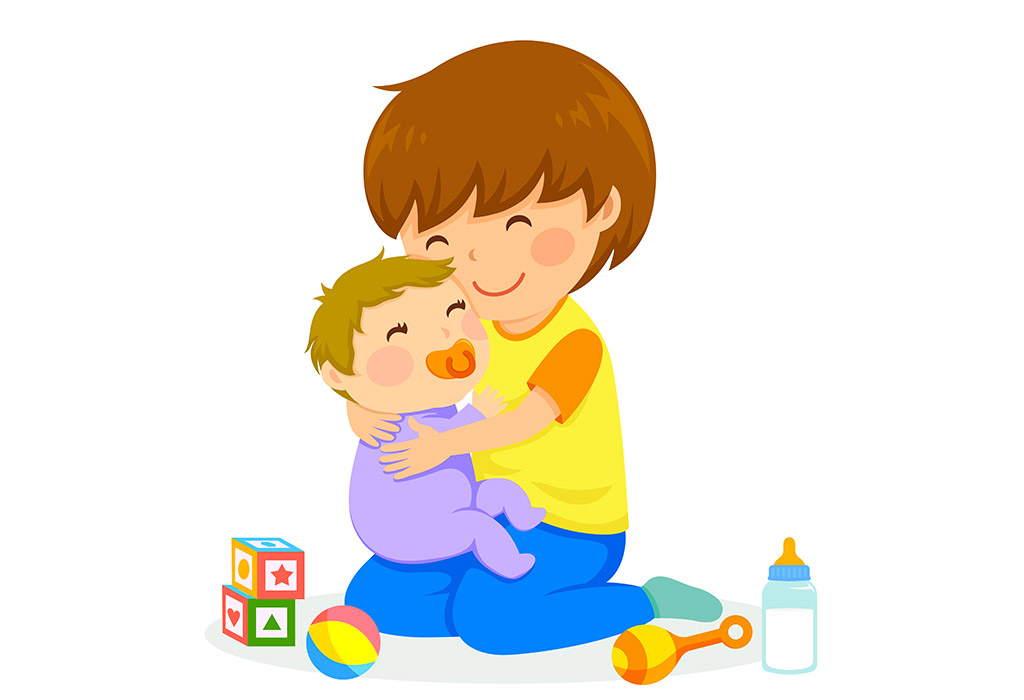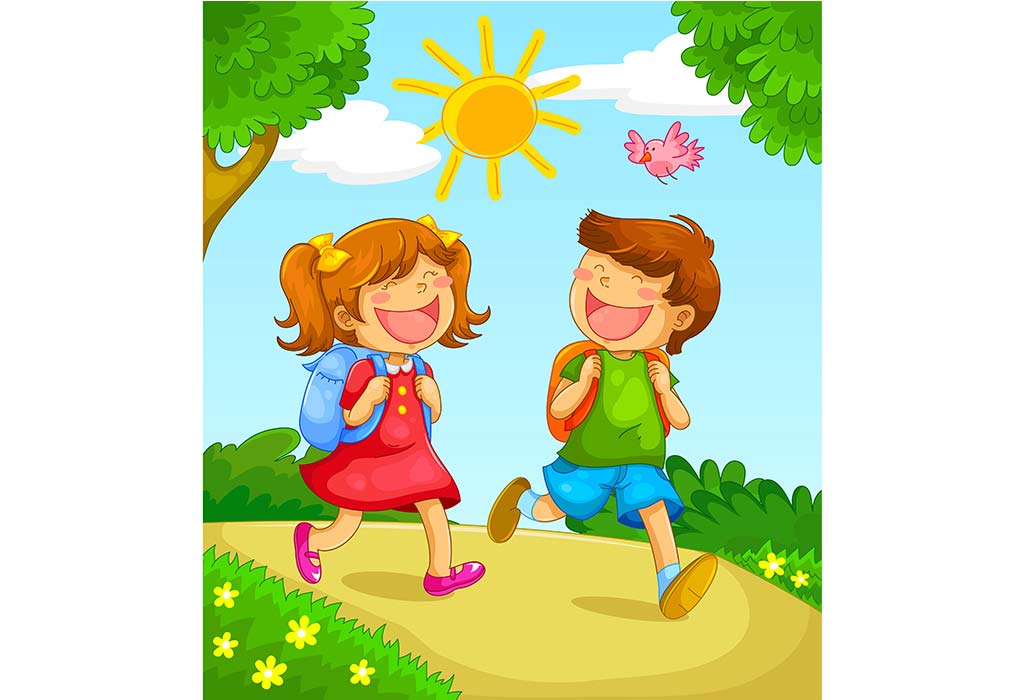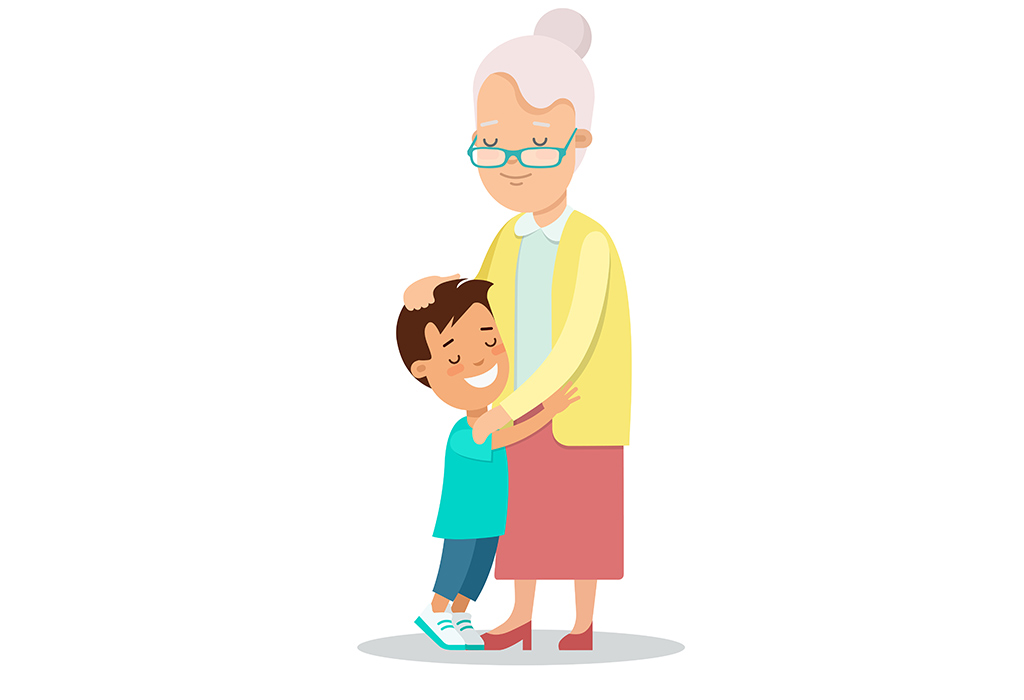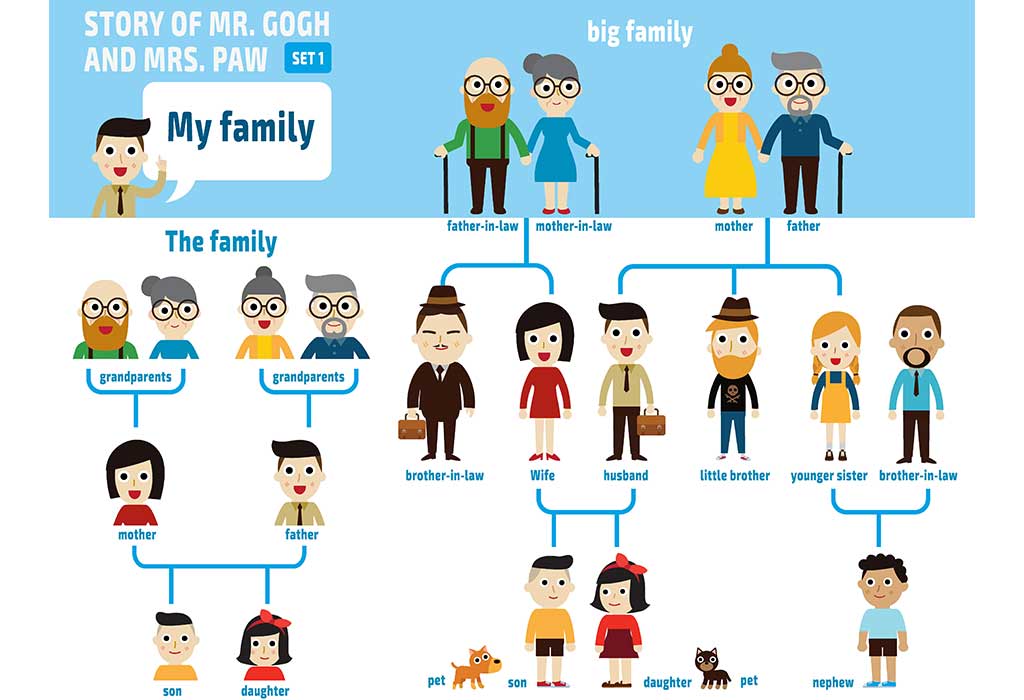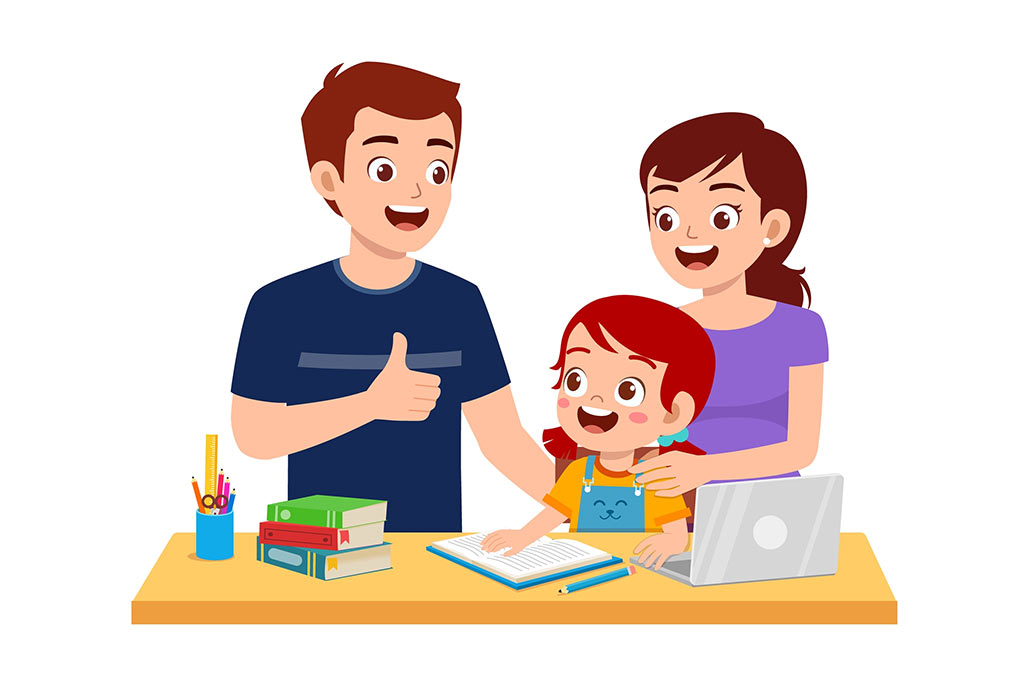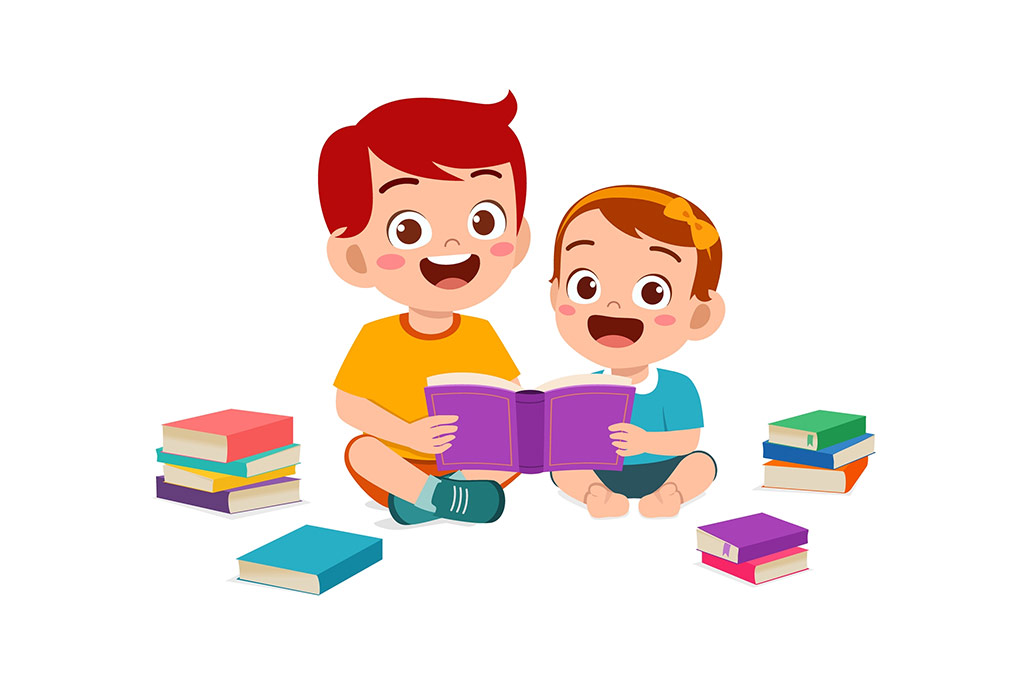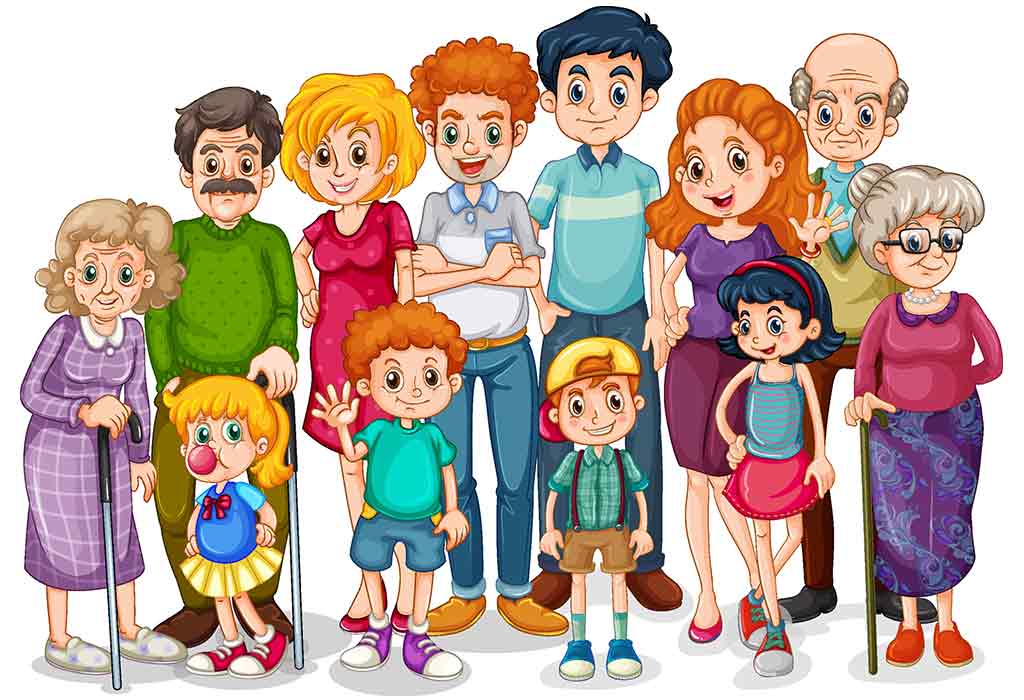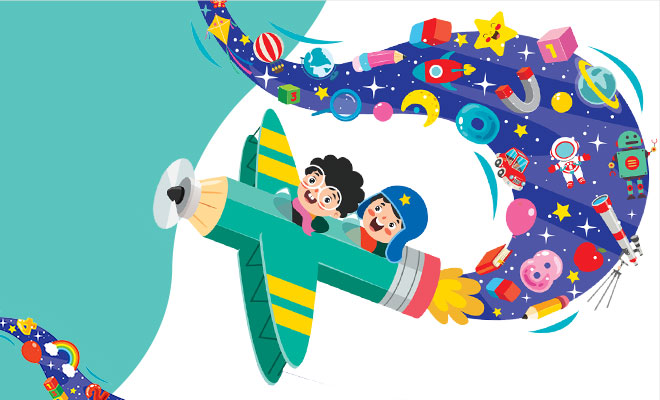As children grow and step out into the world, they start recognising that there are some people who are related to them in a special way. They learn the difference between people who are members of their family and others. They feel a sense of comfort and security when they are with their family members, as they get sensitised to the fact that family is the core of love and care.
Children learn to recognise family members as early as when they are a baby. Recognising their mother is one of the first milestones that babies achieve. Let’s teach your kids all the family members names in English with these ideas.
Importance Of Teaching Family Relationship Names For Children
Children need to learn the names attached to all relationships. Learning the names of their family members helps kids have a healthier life. As they grow up, learning the names of family members and relationships not only helps kids with their own relationships, but also creates healthier connections with teachers, friends, and other people in their lives. It helps them recognise their relatives and introduce them to their teachers, friends and others, correctly. It also helps them communicate and bond with them well.
Family Members Names With Pictures For Kids
A family is composed of parents, children, siblings, grandparents, even pets, and everyone who lives in a home with a feeling of love that bonds them all with each other. Let us learn the family members name for class 1, 2 and 3 kids. Here is a list of names of family members:
1. Mother
The female member of your family who gave birth to you and nurtured you as a primary caregiver, is called your mother. You may call her by the name maa, mummy, mamma, mom, amma, ammi, etc in your mother tongue.
2. Father
The male member of your family who along with your mother parents you, and nurtures you, is called your father. You may call him by names like papa, dad, daddy, appa, baba, abu etc in your mother tongue.
3. Brother
Your male sibling, wether older or younger than you, is called your brother. You may call him by names like bhai, bhaiya, bhau, anna etc in your mother tongue.
4. Sister
Your female sibling is known as your sister. You may call her by names like didi, ben, behen, akka, etc in your mother tongue.
5. Grandmother
Your father or mother’s mother is known as your grandmother. You can address her as dadi, nani, patti, baa, etc in your native language.
6. Grandfather
Your father or mother’s father is known as your grandfather. You can address him as dada, nana, baba, bapu, abba etc in your native language.
Family Relationship Names With Pictures For Kids
Apart from knowing the names of various members of the family in relation to them, kids need to learn about the interpersonal relationships that the members share among themselves. Here are the common family relationships
1. Parents
Your mother and father together are known as your parents.
2. Spouses
Also known as husband and wife, all married couples are referred to as spouses.
3. Siblings
All brothers and sisters together are known as siblings.
4. Other Relatives
Apart from family, there are several other relationships between family members. Many other relatives are a part of your family tree, and we call them our extended family, or relatives.Let us look at some such relationships
5. Aunt
Your mother or father’s sister is your aunt. You may refer to her as Aunty, tante, tía, Bua, Masi, Fai, Chitti etc in your mother tongue.
6. Uncle
Your mother or father’s brother is your uncle. You may call him oncle, tío, Mama, Chacha, Kaka, Tau, etc in your native language.
7. Cousins
Your cousins are the children of your aunts and uncles. They may be within your age group, so at a family gathering, they are your best buddies.
8. Maternal Relatives
People who are related to your mother, and by extension, to you, are known as your maternal relatives. Eg. Nani, Nani, Mami, mama, Masi, Masa etc.
9. Paternal Relatives
People who are related to you from your father’s side of the family, are known as your paternal relatives. Eg. Dada, Dadi, Chacha, Chachi, Bua, Fufaji, etc.
Activities That Will Help Your Child To Learn Family Members Names
To make your child familiar with the family vocabulary, you can engage them in some activities that they can enjoy.
1. My Family Tree!
Build your own family tree. You’ll need blank paper, crayons, glue stick, and some small decorative leaves. You can even cut out leaf shapes from a green paper if you can’t find actual leaves. First, draw a big leafless tree on a plain sheet of paper. Ask your child to colour it. Then, paste the leaves on the branches of the tree, one for each family member. Under each leaf, write the name and relationship of a member of the family. Explain to your kid that this tree represents the family and that’s why they’re all leaves of the same tree.
2. Guess Who?
A fun and simple exercise to do with your kids is to play guessing the family member. Using the descriptive words for children, describe a relative until your child identifies the correct person. It’s an excellent way to reinforce two relevant topics in an enjoyable way.
3. Family Neighbourhood
You will need some plain sheets of paper, colours, glue stick, and small pieces of ribbon. Let each paper represent a family core within your extended family. Ask the child to draw one house and one family on individual sheets of paper. Connect various houses of individual families to each other by pasting ends of the ribbons on the houses, making a chain of houses and families to depict how they are connected to each other. Imagine that even though each family has their own home, they all come together like a huge neighbourhood! This neighbourhood analogy will help your child understand the idea of closeness and relationships.
4. DIY Memory Game
This will be a fun DIY activity along with a way for you to teach your child about family members.
On a chart paper, draw a house with lots of windows, the same as the number of family members. Assign one window to each member, viz Mother, Father, Grandmother, Grandfather, Brother, Sister, Pets etc. Paste a small photograph of each of the members on those windows. Now, cut out a few cards in the size and shape of the window. Paint it with designs like window grills or curtains. Cover all the windows with the cards, and ask your child to ‘open the windows’ by uncovering the cards to reveal each family member that you name. This game will help your child memorise the family vocabulary as well as improve their memory.
Also Read:
Fruit Names in English for Kids
House Vocabulary in English for Children
Living Things and Non-Living Things for Kids






